Wines of the Week: 
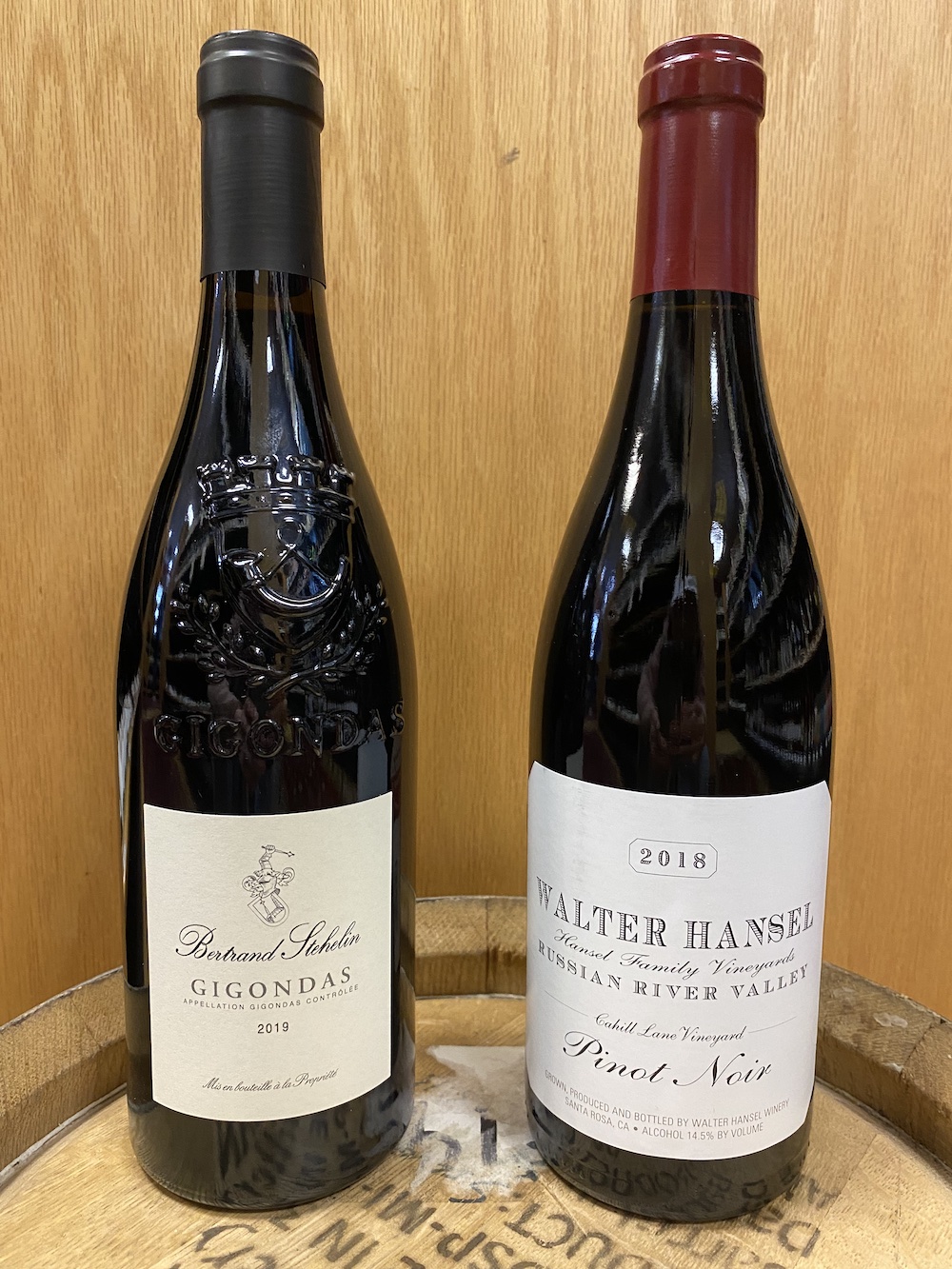 2019 Domaine Bertrand Stehelin Gigondas Rouge Grenache Normally $42.99–$36.54 15% Off This Week ONLY! 2018 Walter Hansel Cahill Lane Russian River Valley Pinot Noir Normally $59.99–$50.99 15% Off This Week ONLY! * * * About the Wines of the Week: 2019 Domaine Bertrand Stehelin Gigondas Rouge Grenache Normally $42.99–$36.54 15% Off This Week ONLY!  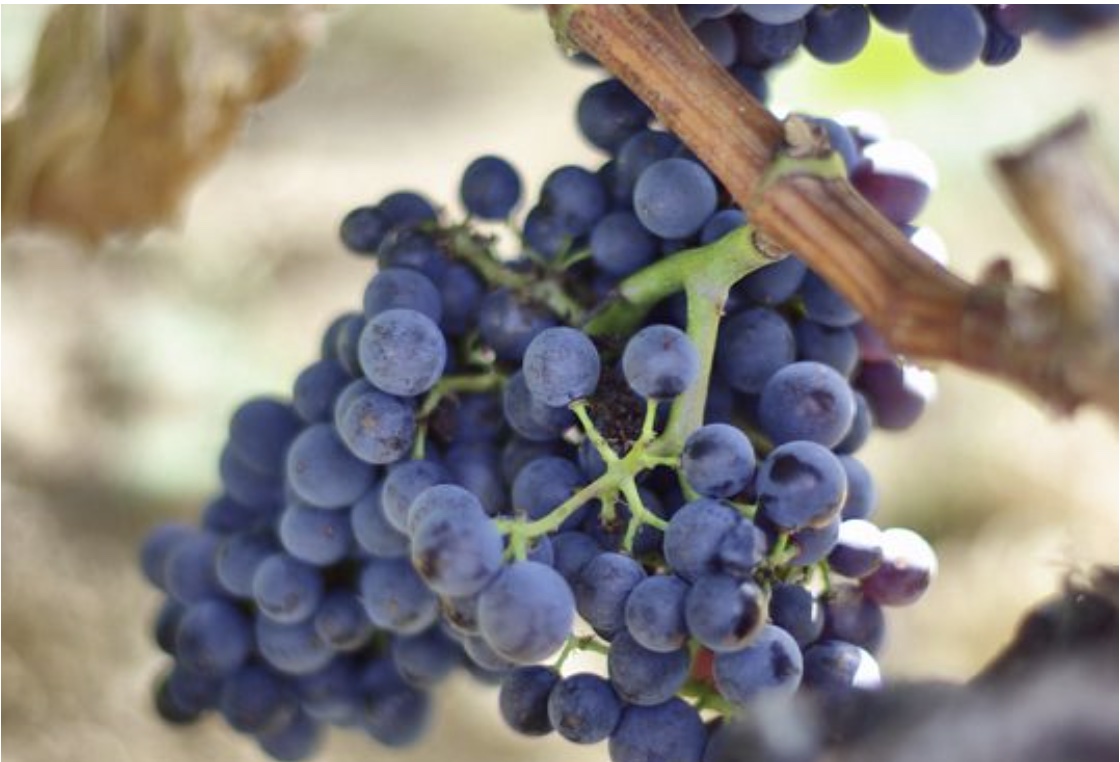
About the Winery In the 1400s, the Stehelins were a band of Swiss Mercenaries called into battle for hire in various wars, with “Stehe” meaning “holding” and “Lin” meaning “weapon” in old Swiss. It wasn’t until 1620 that Bertrand Stehelin’s ancestors (Leydier) showed the first signs of owning land and making wine at Paillère et Pied-Gu in Gigondas. In 1840, Fritz Stehelin left Switzerland to buy Château Mont-Thabor in Châteauneuf-du-Pape. Bertrand’s uncle, Frèdèric, runs that winery today. Directly following their marriage in 1979, Bertrand’s parents produced their first vintage together at Domaine Paillère et Pied-Gu. Bertrand’s legacy didn’t begin until 2004 when, at 24, produced his first vintage under his own label from 4 hectares in Gigondas. He also owned vines in Sablet and rented 1 hectare from his uncle in Châteauneuf-du-Pape. Caroline Stehelin, Bertrand’s younger sister, joined her brother at the domaine in 2012. 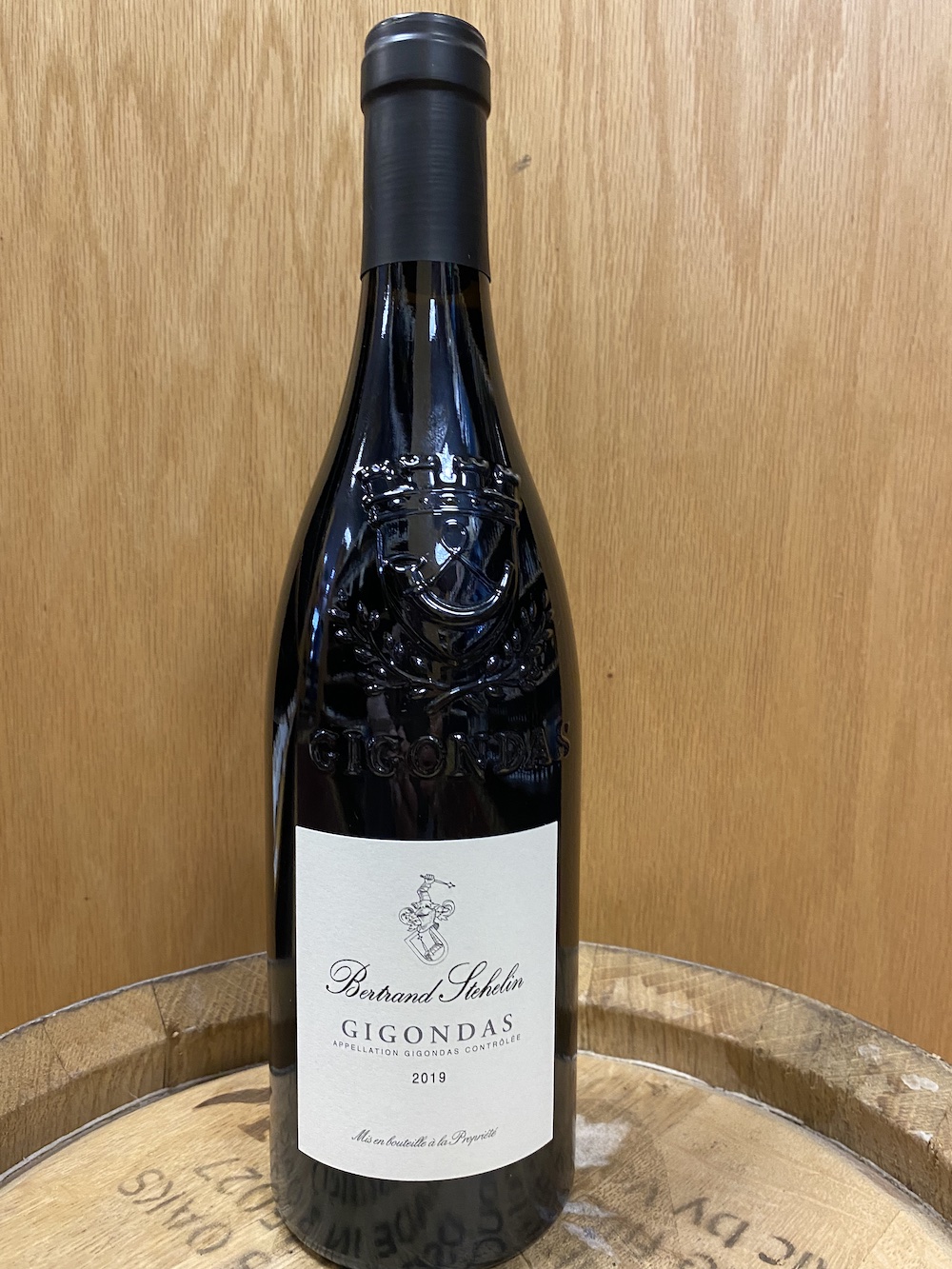
About the Wine His vines in Gigondas, located to the northwest of the Dentelles de Montmirail, are planted between 328 feet and 984 feet above sea level and are all in the range of 70-90 years old, thus giving freshness and complexity to the wines. His vines in nearby Sablet are a bit younger, but the Grenache, which comprises most of the blend, comes from 40 to 60 year old vines planted on gently sloped, sandy soils. The Gigondas ages for twenty four months in foudre. * * * 2018 Walter Hansel Cahill Lane Russian River Valley Pinot Noir Normally $59.99–$50.99 15% Off This Week ONLY!  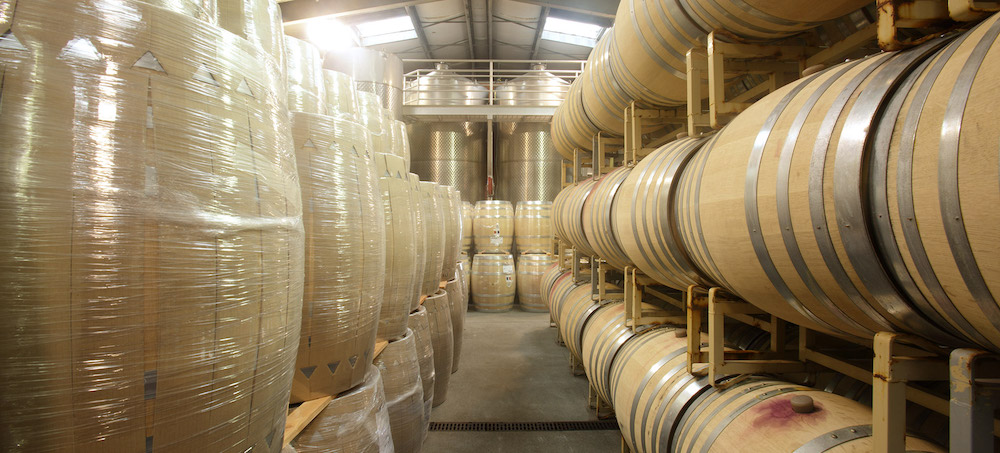
About the Winery Walter loved to grow everything from kiwi to oriental pears and more. In the 1970's he enlisted his son Stephen’s help to plant 257 chardonnay vines. Throughout the 1980's the entire family would harvest the half acre of grapes and Walter with his son would make the wine; filling two barrels, which equaled 50 cases of wine. Initially these wines were hard to drink, but with the help of friend, Tom Rochioli, son Stephen developed a passion to understand everything about the vineyards and the process of making wine. This passion influenced his quest for growing World-class wines. Since the first commercial vintage in 1996, Hansel has learned with every harvest that one must listen to vine; react to Mother Nature and ALWAYS compromise quantity for quality. One of the most unique aspects of Walter Hansel Winery is that no one works full time in the Winery. When Stephen needs various tasks to be completed, whether during harvest or during the year, he has Jesse, the vineyard manager and some of his crew work alongside to accomplish the tasks. 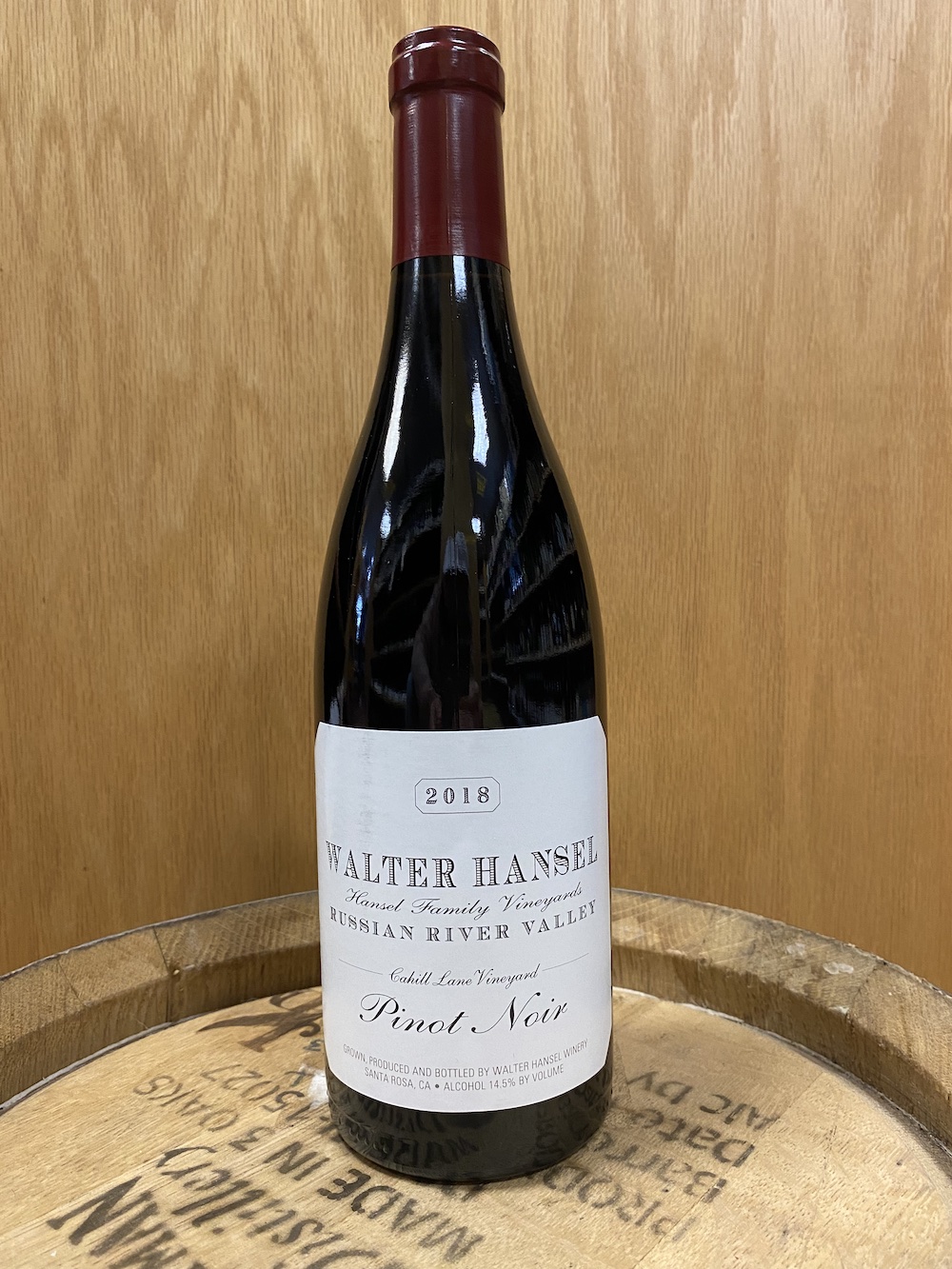
About the Wine When first poured, ripe dark red fruits are accompanied by silky tannins and good structure. Expect a classically elegant pinot noir, with layers of sweet baking spices such as cinnamon, accompanied by lush red berries such as freshly picked black and raspberries. 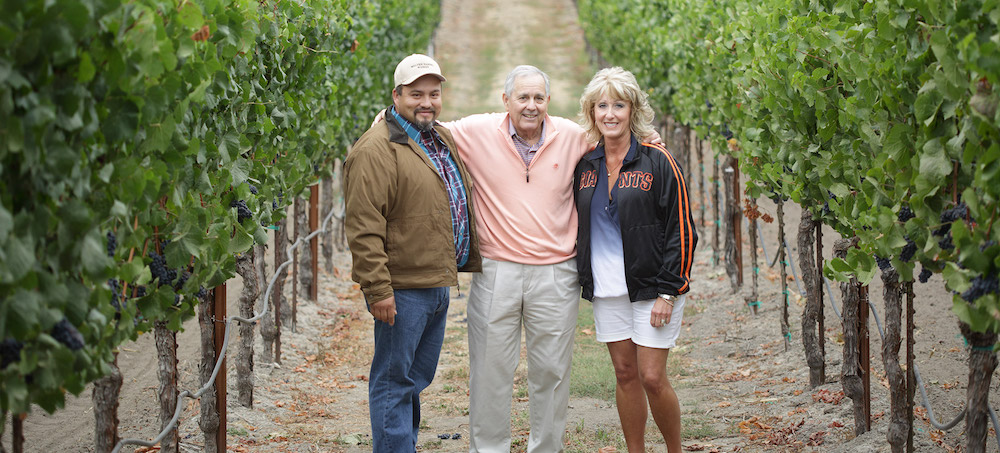
Critical Acclaim “The 2018 Pinot Noir Cahill Lane Vineyard is another stellar wine in this lineup. Here, too, I very much like the wine's energy and nuance. Ripe red/purplish fruit, blood orange and floral notes are wonderfully vivid. Medium in body and finely cut, the Cahill Lane is so enticing. In 2018, the Cahill Lane has an extra kick of citrus-infused acidity that gives cut and a closing burst of energy that is impossible to miss.”–93+ Points, Antonio Galloni, Vinous * * * Also Tasting Today: 2019 Domaine Ernest Burn Alsace Riesling $27.99 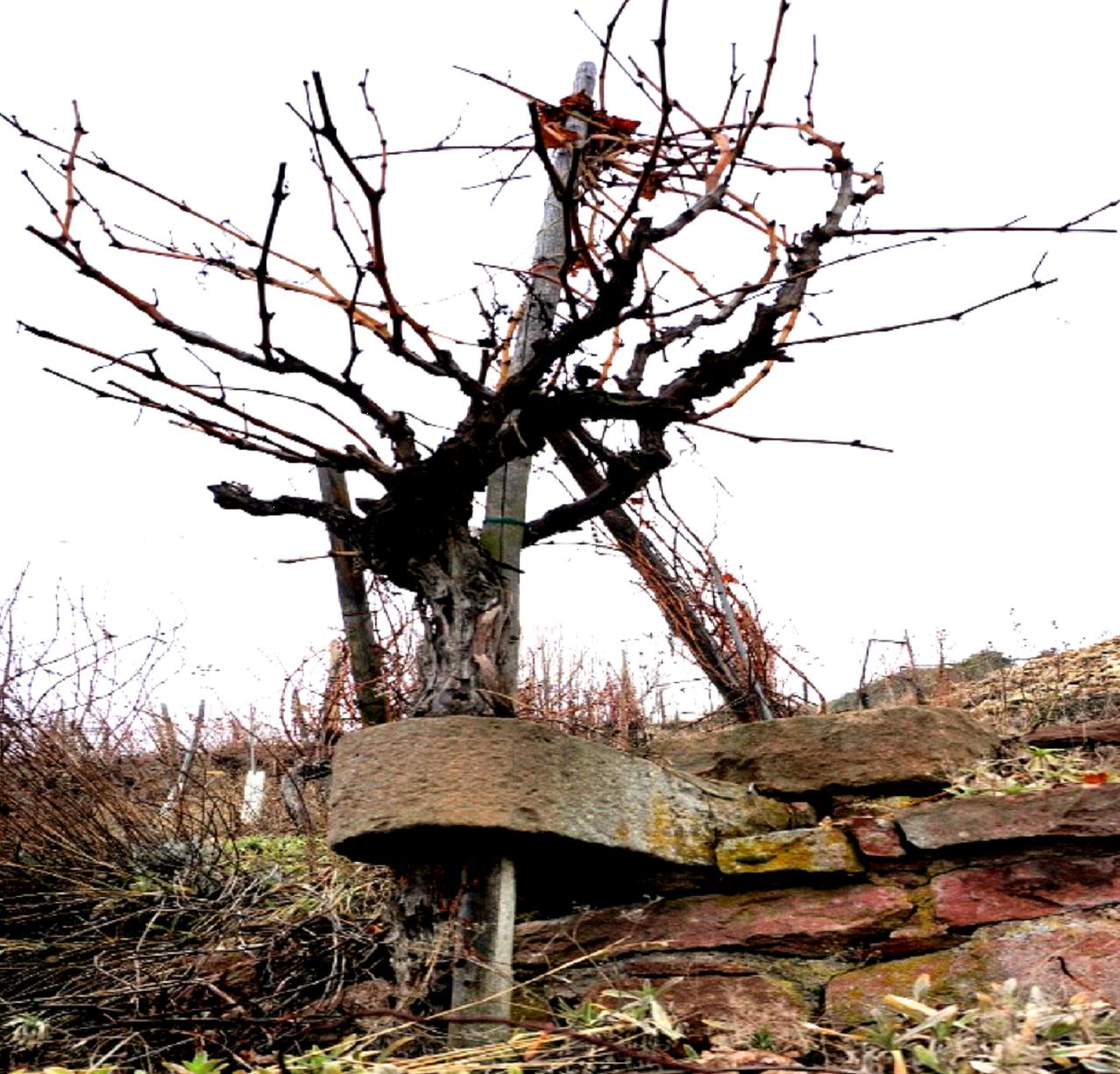 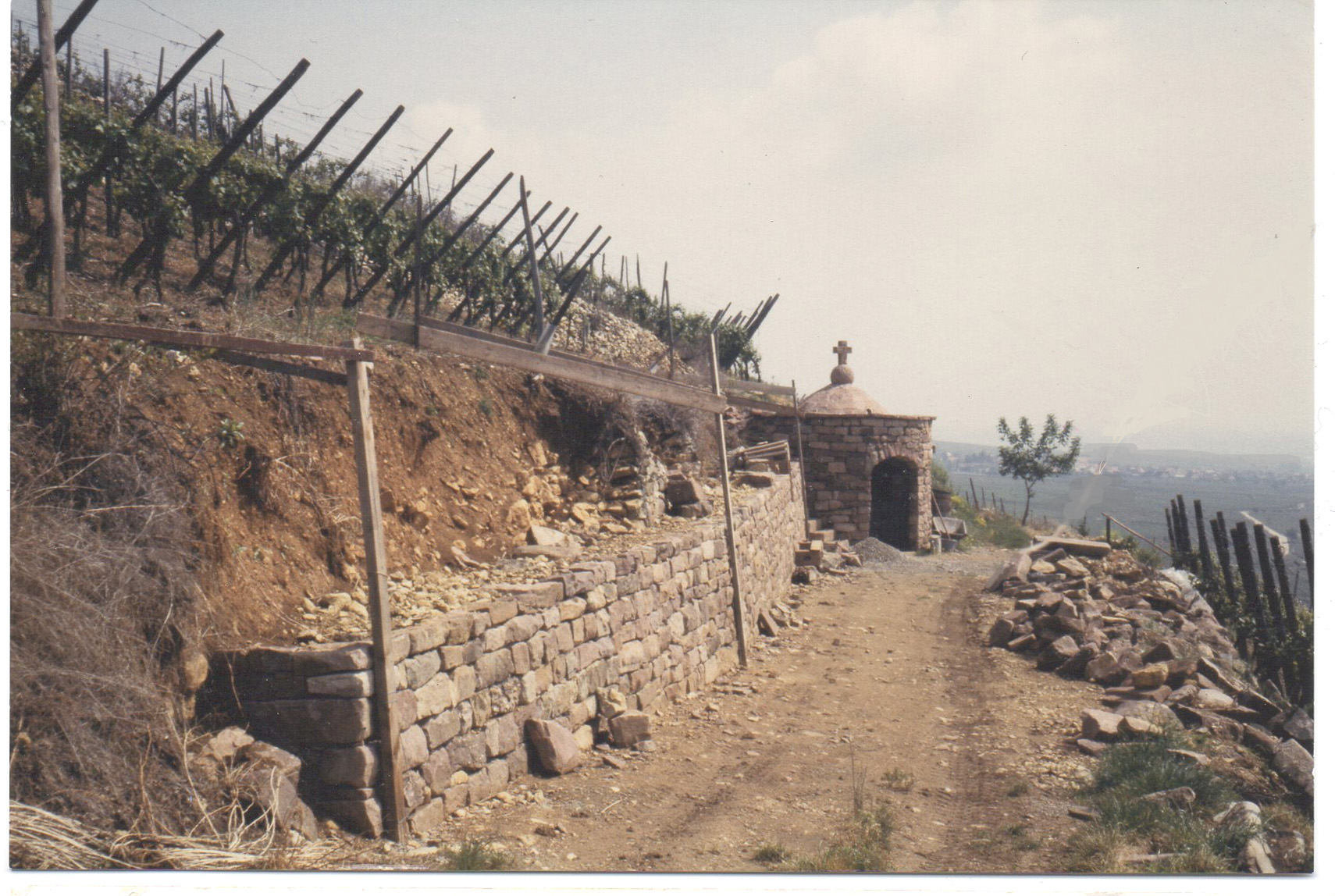
About the Winery It all began with a legend: in the 7th century, Saint Imer is said to have brought down a griffin that was threatening the parish of Gueberschwihr, over which the saint stood guard. The grateful villagers named the village's best vines, the Sanktimeriushalde after Saint Imer and contemporary documents record that a special tithe was established. If you take a more down-to-earth view, the history of the Clos Saint-Imer restarted in 1934, when Ernest BURN–whose family had been making wine for some 300 years–decided to revive this historic vineyard which had been parceled up during the Revolution, destroyed in successive wars and ravaged by phylloxera. Ignoring the mockery of his colleagues, Ernest bought up the land, parcel by parcel and, with the help of his family, built the walls back up, opened up the paths, cleared the ground and replanted all the vines. The vines of the Clos Saint-Imer (there is a chapel dedicated to the saint), are now at the height of their powers. The BURN family has made it their task to produce wines worthy of this magnificent terroir. The work is hard and mainly manual, with no reliance on mechanization. Deep respect for nature and painstaking vinification are just two more elements that go towards making great wines. .jpg)
About the Wine When first poured, this dry riesling from Alsace gives aromas of oiliness, stone fruit, and crushed up pebbles. With great layers of minerality, when first sipped, this texturally driven wine is accompanied by stone fruit, such as ripe white nectarines, and matched by incredible acidity. The mouthfeel gives way to great richness, while still remaining fresh and incredibly well balanced. * * * Cocktail Recipe of the Week: 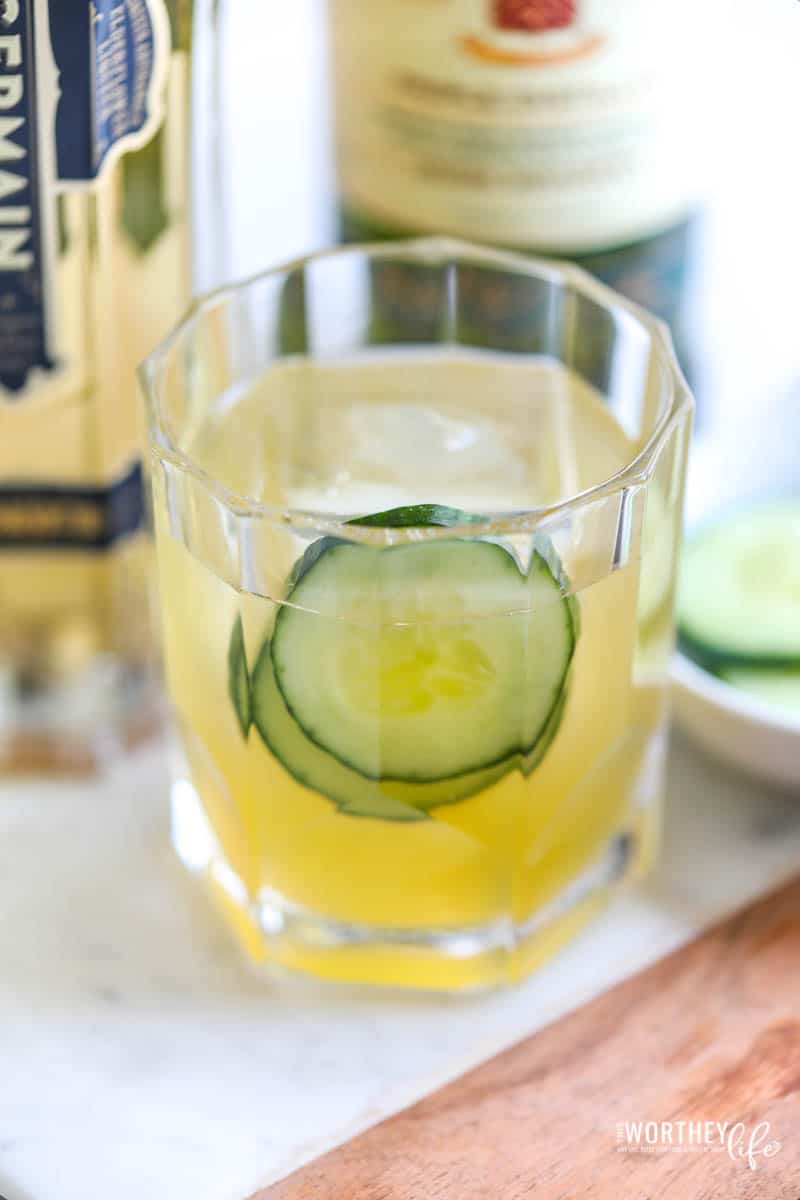
The Irish Maid Ingredients: 2 ounces Jameson Irish Whiskey
3 Slices of Cucumber
0.5 ounce Giffard Elderflower Liqueur
0.75 ounce Fresh Lemon Juice
0.75 ounce Honey Simple Syrup
Ice Cubes Directions: Into a shaking tin, drop in two (2) slices of cucumber, mash the cucumbers using a muddler.
Add Whiskey, Elderflower liqueur, lemon juice, simple syrup, and lots of ice.
Shake vigorously for 30 seconds.
Strain into a rocks glass filled with ice.
Garnish with a wheel of fresh cucumber. Cheers and Enjoy! * * * Snack of the Week: 
Murray's Delice de Bourgogne A tribute to small scale industrial French cheese-making, Murray's Delice de Bourgogne is a pasteurized triple creme (75% butterfat in dry matter) that marries full-fat cow milk with fresh cream, producing an unapologetically rich, whipped delight. Unlike many straightforward triple-cremes, this one has a thin, pungent mold rind that imparts straw and mushroom aromas, complementing the buttery yellow, sweet cream interior. Makes a dreamy breakfast, lunch or dessert - just add champagne! * * * |